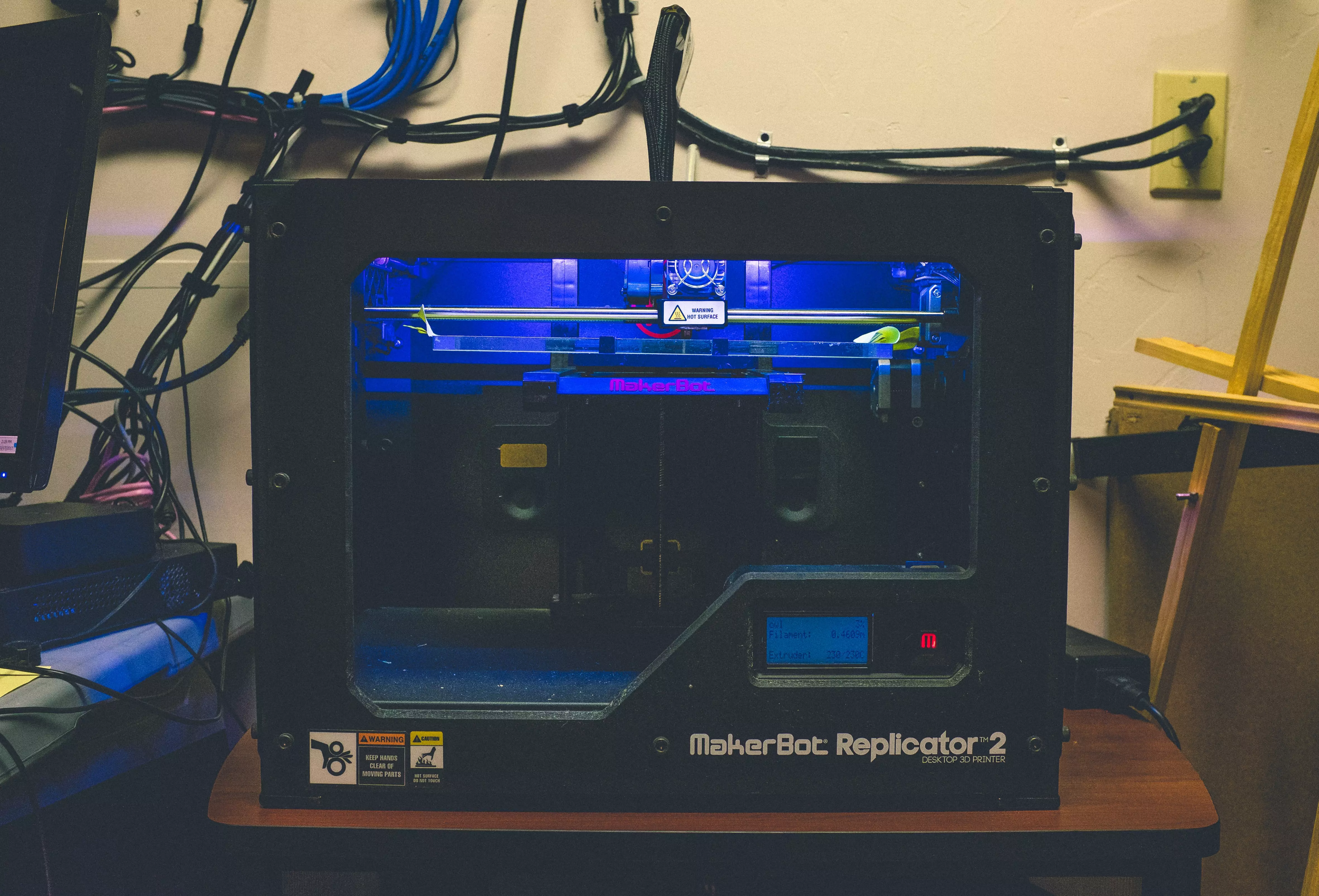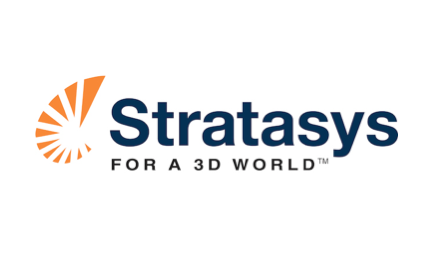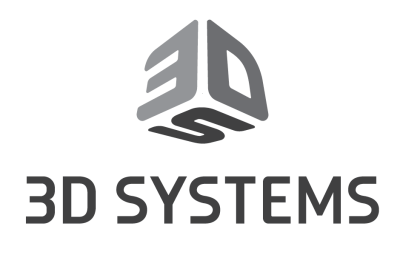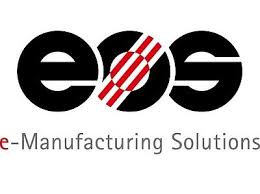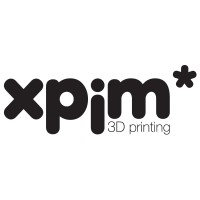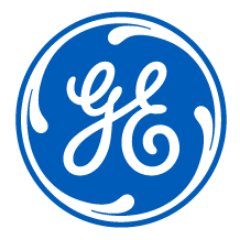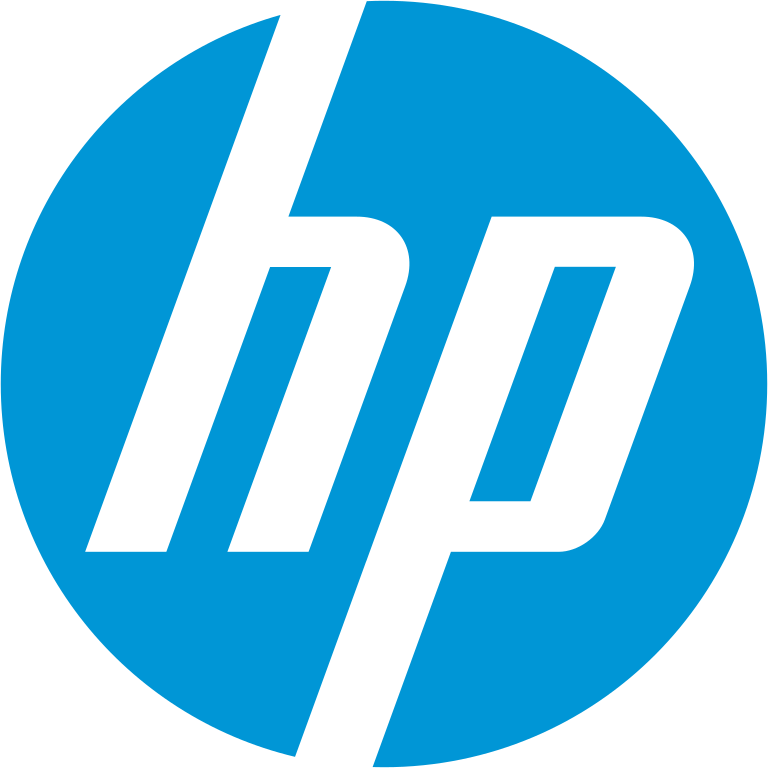Resumo
para entender esse mercado
Conteúdo detalhado
 Informações sobre o mercado
Informações sobre o mercado
- Número de páginas : 30 páginas
- Formato : Versões digitais e em PDF
- Última atualização : 14/06/2022
 Resumo e extratos
Resumo e extratos
1 Market overview
1.1 Definition and Introduction
A 3D printer is a machine that allows to design real objects in 3 dimensions from a file created with 3D design software. The objects created can be models, parts, scale models or prototypes. 3D printers can be used for industrial or personnal purposes depending on their use.
The production of parts via 3D printers requires:
- The production of materials for 3D printing (plastics, resins, metal dust),
- The use of machines and 3D printers
- Softwares (creation softwares)
- Sometimes services and consulting activities in 3D printing
The 3D printing (or additive manufacturing) market includes the following activities:
- sales of 3D printing machines and solutions
- sales of printed products via specialized machines to customers wishing to create product prototypes
- printing services
The global market for 3D printers is growing rapidly in terms of printers sold. Companies are heavily investing in the use of 3D printers. It is however still dominated by Germany, the United States and China.
Industrial printers, while representing a small share of total sales, account for the majority of revenue generated. The rest of the sales are desktop 3D printers. The sector is relatively concentrated and organized around a few printer manufacturers for the industrial and desktop segments.
Regarding Portugal, 3D printing is slowly evolving and is not yet used in large production lines. Currently, this type of printing is mainly used to prototype products. The market prospects are however very promising: the speed at which investments in this market are increasing is three times faster than that of the traditional industry. [Jornal Económico]
1.2 A recent and booming global market
The global *D printing market was valued at USD **.** billion in ****, with a compound annual growth rate (***) of **.* percent predicted from **** to ****. *D printers were supplied in *.* million units globally in ****, with shipments predicted to reach **.* million units by ****. The market is predicted to increase due to intensive research and development ...
1.3 The Portugese market
The INE website, which categorizes official Portuguese data, gathers the whole Portugese printing market under one domain, Printing and services related to printing (***), which is then divided into different parts. In ****, the whole market was worth *** million €.
Répartition des marchés portugais de l'impression Portugal, ****, en pourcentage Source: ****
On ...
1.4 COVID-19 crisis highlights the value of 3D printing
The COVID-** crisis, although it affected the printing industry in Portugal severely, demonstrated the industrial and medical benefits of *D printing. Indeed, swabs, protective masks, visors, elbow grips, breathing valves, as well as many other objects were *D printed during the health crisis.
"The additive manufacturing market has grown significantly, ...
2 Demand Analysis
2.1 The 3D printer: a revolutionary tool in many industries
Global spending on *D printing has grown significantly, driven by the increasing integration of *D printers into various industrial processes. The *D printing market has several outlets: industry, high-tech, consumer goods, etc. As shown below, industry is the main market and accounts for nearly **% of the demand for *D printing. The ...
2.2 The 3D printer, an increasingly popular product.
According to a **** market report by market leader Sculpteo, the penetration rate of *D printers is constantly changing. In fact, as we can see from the graph below, this penetration rate has increased from *% in **** to nearly **% in ****. Beyond the growing popularity of *D printers, the continuous growth of the penetration ...
The 3D printer demand coming from Portuguese companies
Even though the demand for *D printers has been growing in recent years, it remains relatively low on the part of Portuguese companies. For example, in **** and ****, only *% of Portuguese companies had a *D printer in their office.
Companies using devices or interconnected systems monitored/controlled by *D printing, as % of ...
2.4 Healthcare, a major growth driver for the 3D printing market
The medical sector is a real growth driver for *D printing. Indeed, the manufacture of implants and nanotechnology is particularly well suited to *D printing. The purpose of an implant is to replace an organ over a long period of time or to replace one or more of its functions. It ...
3 Market structure
3.1 3D printing global market players
The *D printing market is in full swing. In fact, we can see that several types of players coexist in this market:
Large groups: Large, diversified, multi-activity groups such as General Electric, HP or Siemens. Pure players: *D printing specialists (***) such as *D Systems, Stratasys and Xerox.
The cohabitation of these ...
3.2 Global 3D printer production is concentrated in a few countries
The Wohlers **** report states that there were a total of **,*** industrial installations of *D printers between ****-****. As we can see from the chart below, **.*% of this production was from the United States, compared to **.*% from China, *.*% from Japan *.*% and *.*% from Germany
Production mondiale d'imprimantes *D Monde, ****, en % Source: ****
3.3 An increase in the number of 3D printing companies in Portugal
While concentrated internationally, the *D printer market is deconcentrating at the Portuguese national level, with a slightly growing turnover for a number of companies that has been growing steadily since **** (***). Thus, while the sector of "Other printing" was composed of **** companies in ****, it consisted of **** in ****.
Evolution du nombre d'entreprises portugaises ...
4 Analysis of the offer
4.1 The three dominant technologies in the 3D printing market
*D printing is based on several underlying technologies. According to a **** market report by market leader Sculpteo, there are * main technologies used in the *D printing industry:
Fused deposition modeling (***): this is a type of additive manufacturing technology that enables the construction of three-dimensional objects, prototypes, and products through a computer-aided ...
4.2 Different 3D printer prices depending on the range and use
According to Internet price comparisons, the price of a *D printer depends on the range and its use (***). The accessibility of *D printers has been gradually democratized since **** in Portugal with prices that could reach *** *** € for an average of first prices at * *** €.
There are now * main price ranges for *D printers ...
4.3 The future of 3D printing
The future of *D printers is strongly linked with the trends in materials used. According to a study on *D printing by Forbes, there are * main types of materials used in *D printing:
Plastic Metal Resin Stoneware Wax Ceramic
If the price can have an incidence the choice of materials, it ...
5 Regulations
5.1 Indirect regulation supplemented by specific standardization
Due to the recent emergence of additive manufacturing technologies, there is a relative lack of national or international regulation. However, the multiplication of standards allows for a precise framework of *D printing processes.
A regulation resulting from the use of chemical products
In a professional context, the site where a *D ...
6 Positioning of the players
6.1 Segmentation of market players
- SLM Solutions
- Stratasys
- 3D Systems
- EOS
- XPIM - 3D Printing
- BEEVERYCREATIVE
- Sculpteo
- GE Vernova
- HP Hewlett Packard
Todos os nossos estudos estão disponíveis on-line em formato PDF
Dê uma olhada em um exemplo de nossa pesquisa sobre outro mercado!
Empresas citadas neste estudo
Este estudo contém uma visão geral completa das empresas no mercado, com os últimos números e notícias de cada empresa :
 A escolha deste estudo significa :
A escolha deste estudo significa :
Acesso a mais de 35 horas de trabalho
Nossos estudos são o resultado de mais de 35 horas de pesquisa e análise. O uso de nossos estudos permite que você dedique mais tempo e valor agregado aos seus projetos.
Beneficie-se de 6 anos de experiência e mais de 1.500 estudos setoriais já produzidos
Nossa experiência nos permite produzir estudos abrangentes em todos os setores, inclusive em nichos e mercados emergentes.
Nosso know-how e metodologia nos permitem produzir estudos com uma relação custo-benefício única.
Acesso a vários milhares de artigos e dados pagos
A Businesscoot tem acesso a toda a imprensa econômica paga, bem como a bancos de dados exclusivos para realizar suas pesquisas de mercado (mais de 30.000 artigos e fontes privadas).
Para aprimorar nossas pesquisas, nossos analistas também utilizam indicadores da web (semrush, trends, etc.) para identificar tendências de mercado e estratégias das empresas. (Consulte nossas fontes pagas)
Suporte garantido após a compra
Uma equipe dedicada ao serviço pós-venda, para garantir um alto nível de satisfação. +55 1130424966
Um formato digital projetado para nossos usuários
Você não só tem acesso a um PDF, mas também a uma versão digital desenvolvida para nossos clientes. Essa versão lhe dá acesso a fontes, dados em formato Excel e gráficos. O conteúdo do estudo pode, portanto, ser facilmente recuperado e adaptado à sua maneira.
 Nossas ofertas :
Nossas ofertas :
the 3D printer market | Portugal
- Quais são os dados sobre a dimensão e o crescimento do mercado?
- O que está a impulsionar o crescimento do mercado e a sua evolução?
- Qual é o posicionamento das empresas na cadeia de valor?
- Como é que as empresas do mercado se distinguem umas das outras?
- Dados provenientes de várias dezenas de bases de dados
Pacote de 5 estudos (-15%) PT Portugal
- 5 relatórios a €75,6 sem IVA por estudo para escolher em nosso catálogo português por 12 meses
- Economize 15% em estudos adicionais adquiridos
- Escolha ser reembolsado por qualquer crédito não utilizado ao final do período de 12 meses (duração do pacote)
Consulte os termos e condições do pacote e o reembolso do crédito não utilizado.
